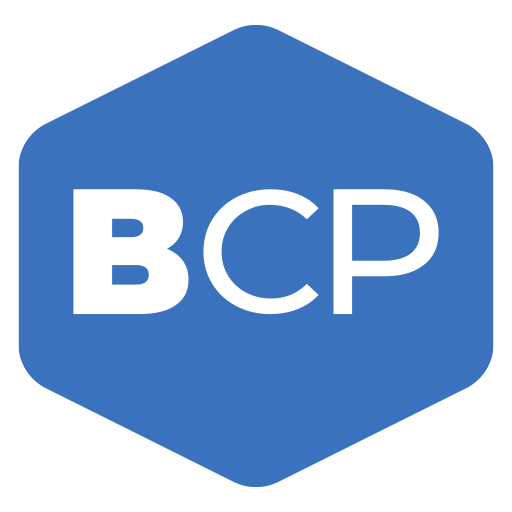Things are looking up for auto manufacturers and dealerships. Supply chains are normalizing, inventories are increasing, and the market seems stable once again. Yet interest rate hikes and other economic concerns may still be holding back your sales. That means incentives will be making a comeback – and not just for customers. As dealerships set goals for the year, it’s time to learn more about dealer incentive programs.
Summary
What Are Dealer Incentives?
Dealer incentive programs are an approach the automotive industry uses to motivate the sale of cars. They work by offering discounts on certain products to encourage either dealers or customers to buy them.
Manufacturer to dealer incentives motivate dealerships to sell certain vehicles by providing them with discounts, rebates, or even direct cash payments. Manufacturers choose which incentives to offer based on their goals, like driving sales of slower-selling vehicles.
Auto dealer incentives can also include offers that dealerships make to their employees or to customers. They might pay cash incentives to staff for making a sale or provide customers rebates when they buy certain models. Here we’ll focus mainly on the first type, manufacturer to dealer incentives.
Examples of Dealer Incentive Programs
Many dealerships know the definition of sales incentives, one of the most common types of programs. But there are several other dealer incentives to be aware of.
Factory Incentives
Factory incentives come directly from the original equipment manufacturer (OEM). They typically reduce the cost of buying vehicles from the factory, which increases profit margins once they’re sold. In fact, the most common example of a dealer incentive program is simply to discount the price of a vehicle at the factory.
OEMs may offer discounts on certain models or in certain geographic areas to help spur sales. Factory incentives are often tiered, meaning that if a dealership buys a certain amount of vehicles, the factory will offer even more of a discount. Whether the dealer passes the savings on to the customer is up to them.
Automotive Dealer Holdbacks
An automotive dealer holdback is a certain percentage of a vehicle’s price that an OEM pays back to the dealership. The difference between a holdback and a factory incentive is that holdbacks aren’t paid until the car is sold. Dealerships report their sales to the OEM, usually quarterly, and then receive their holdbacks.
The percentage offered varies by OEM, not by car. For example, Ford might offer a 2% holdback while some OEMs don’t use them at all. Most holdbacks are between 1% and 3%. Another important note is that holdbacks aren’t necessarily considered an auto dealer incentive – many dealerships see them as a perk they’re entitled to, not something they have to earn.
Sales Incentives
Sales bonuses, also called retail incentive programs, are one of the most common dealer incentive examples. The exact definition of sales incentives varies, but they always involve repayment in exchange for making a sale. Most dealerships offer incentives to in-house business development centers (BDCs) and sales reps for reaching their targets, like selling a certain number of cars or responding to leads quickly.
Factory incentive programs can also be sales-based, for example, offering tiered discounts on vehicles. Once a dealership sells a certain number, they receive a bigger discount on their next order. Prepaid dealer incentives, like sending a prepaid card customers can activate at the dealership, can also help drive foot traffic and sales.
Service and Retention Incentives
Dealer incentive programs used to stop at sales, but as customer expectations rise, both OEMs and dealerships are introducing rewards programs that focus on service. The GM PASE Program, which stands for Parts and Service Excellence, is a good example. PASE offers dealers incentives for meeting service goals like increasing repair orders, decreasing no-shows, and improving customer satisfaction.
As an example of a customer incentive, vehicle exchange programs, where eligible customers can test drive new cars and trade in the one that’s being serviced, help turn service appointments into sales. Prepaid auto dealer incentives can also play a role: You might give service customers a reloadable card they can bring to appointments to receive rewards.
Benefits of Dealer Incentive Programs
So, what is the main motive behind dealer incentives? That depends on who you ask. Dealer incentives have definite benefits for both dealerships and OEMs.
Dealerships
Because there are so many types of dealer incentive programs, they have numerous benefits for dealerships. Manufacturer to dealer incentives and automotive dealer holdbacks improve profit margins, which helps increase operating revenue. In tough times, holdbacks can simply help dealers keep the lights on. On the service side, dealer incentives result in a better customer experience that keeps customers coming back.
Manufacturers
Manufacturers benefit from dealer incentive programs, too. By offering discounts to dealerships, they can encourage sales of certain models, move older inventory, and meet specific quarterly sales goals. OEMs might also use incentives to launch and promote a new model or help capture new market share. Ultimately, the motive behind dealer incentives for OEMs is to drive sales and revenue.
Earn More Incentives with Better Car People
Dealerships typically have a number of incentives available to them, from factory discounts to OEM programs. Many of these dealer incentive programs pay out for meeting certain sales and service goals – and that’s where Better Car People can help. Our outsourced automotive BDC platform can help you achieve goals like:
- Increasing “speed to lead”
- Responding to after-hours leads
- Increasing ROs
- Decreasing no-shows
- Boosting loyalty
Our live, local, and expert BDC agents deliver customized responses to your sales and service customers, following up, booking appointments, and sending reminders. Book a quick demo today to see how we can support your team, so they can focus on earning the auto dealer incentives they deserve.












